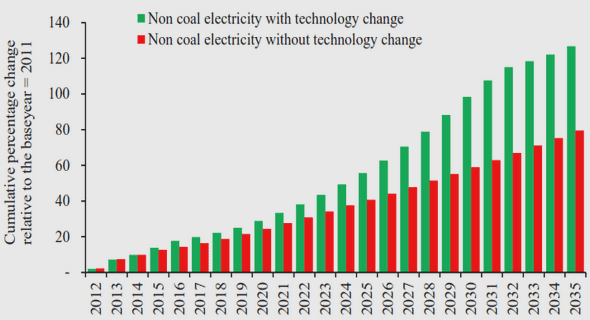(Downloads - 0)
For more info about our services contact : help@bestpfe.com
Table of contents
Introduction
Chapter 1 Mm-wave phase shifters: overview and state-of-the-art
1.1. Overview
1.1.1. Principle
1.1.2. Applications
1.1.3. Topologies
1.2. State-of-the-art
1.2.1. Ferroelectrics
1.2.2. Liquid crystal
1.2.3. CMOS/BiCMOS
1.2.4. MEMS
1.2.5. Discussion
1.3. Solution based on slow wave transmission lines
1.3.1. Transmission line characteristics
1.3.2. Slow-wave coplanar waveguide concept
1.4. Tunable slow-wave transmission lines
1.4.1. Principle
1.4.2. Varactor based
1.4.3. Distributed MEMS based
1.5. Integrated technologies description for distributed MEMS
1.5.1. Previous work
1.5.2. IHP technology
1.5.3. Discussion
1.6. Conclusion
References
Chapter 2 Design of tunable slow-wave coplanar waveguides (TS-CPWs) based on distributed MEMS
2.1. RF-MEMS switches: types and operating principle
2.1.1. Overview
2.1.2. RF-MEMS ohmic switches
2.1.3. RF-MEMS capacitive switches
2.1.4. Electrostatic actuator
2.1.5. Reliability issues
2.2. Tunable Slow Wave CoPlanar Waveguide (TS-CPW) with distributed MEMS in IHP 0.25 μm BiCMOS technology
2.2.1. S-CPW in the 0.25 μm BiCMOS technology
2.2.2. Design topology of TS-CPW
2.2.3. Pull-in voltage calculation
2.2.4. TS-CPW simulations
2.3. Previous works
2.3.1. Clean room technology: TS-CPW topology
2.3.2. CEA technology: TS-CPW topology
2.3.3. AMS standard CMOS technology with post-process
2.4. Conclusion
References
Chapter 3 Design of digital phase shifters
3.1. Previous Work
3.1.1. Clean room phase shifter design: PTA
3.1.2. CEA phase shifter design
3.1.3. AMS phase shifter design
3.2. TS-CPW as a 1-bit phase shifter
3.1.4. Principle
3.1.5. Need to combine the moveable ribbons
3.3. Phase shifter (N bit/N commands): design1
3.1.6. Principle
3.1.7. Design methodology: 3-bit phase shifter design 1
3.1.8. 315° phase shifter (3 bits/ 3 commands)
3.1.9. HFSS simulation
3.4. Optimized Phase shifter: design 2
3.1.10. Proposed solution
3.1.1. Design issues
3.1.2. Validation of the solution
3.5. Conclusion
References
Chapter 4 TS-CPWs and phase shifters measurements
4.1. Previous Work measurements
4.1.1. Clean room (PTA) phase shifter
4.1.2. CEA phase shifter
4.1.3. AMS phase shifter
4.2. IHP phase shifter design 1 measurements
4.2.1. Optical and electrical characterization
4.2.2. RF measurements: S-parameters
4.2.3. Observed limitations
4.3. IHP phase shifter design 2 measurements
4.4. Discussion on the parasitic effect of the substrate
4.4.1. Analytical calculation of capacitances
4.4.2. Solution to improve Con/Coff
4.5. Comparison with state-of-the art
References
Conclusion
Publications
Resumé
Abstract


